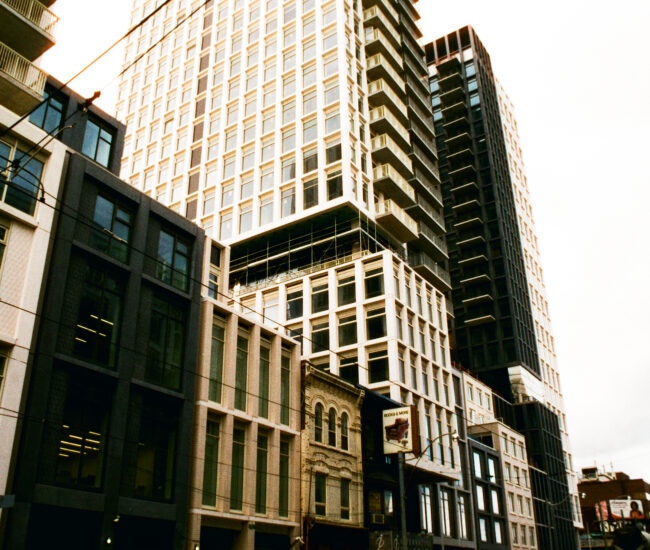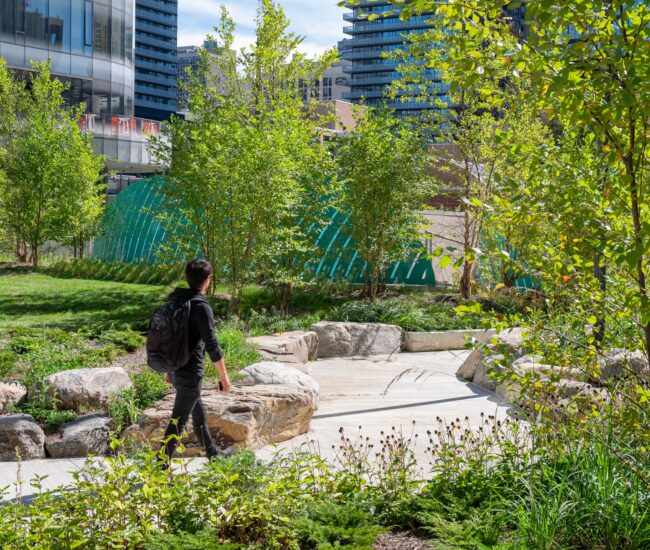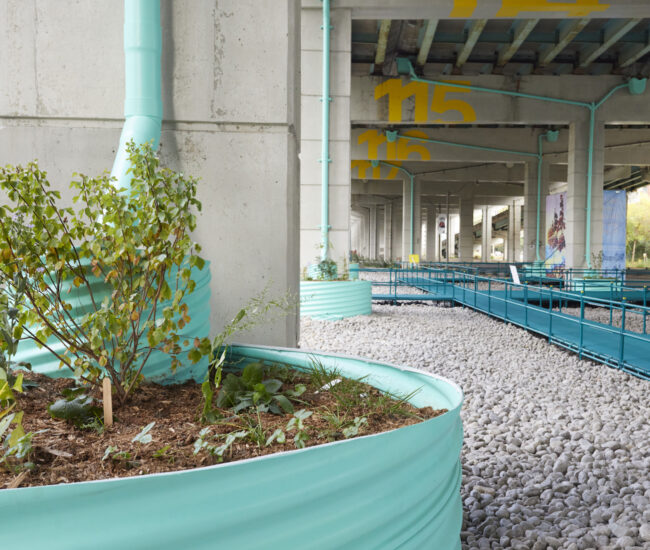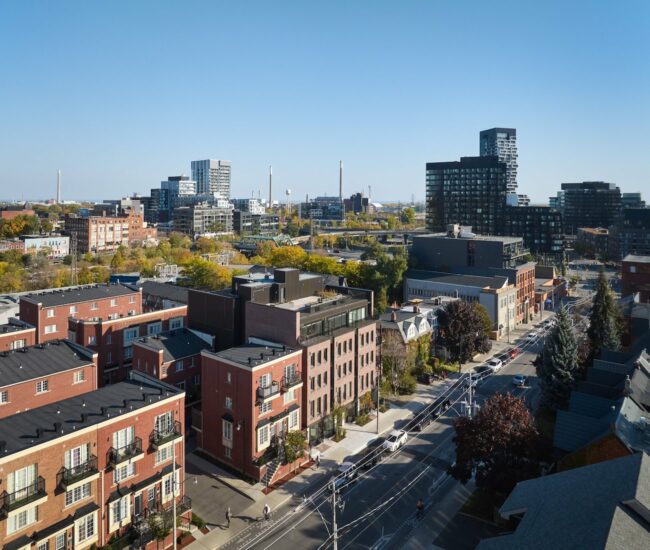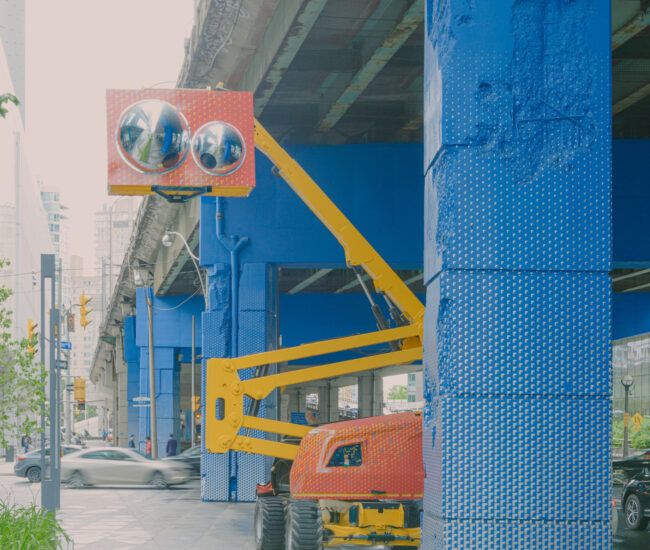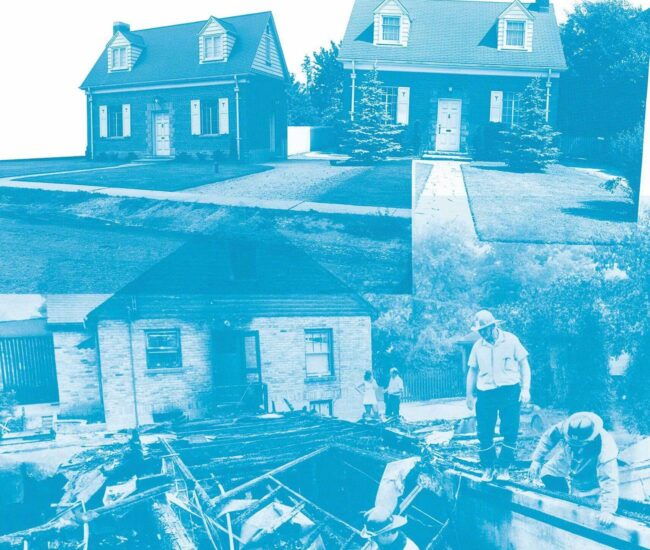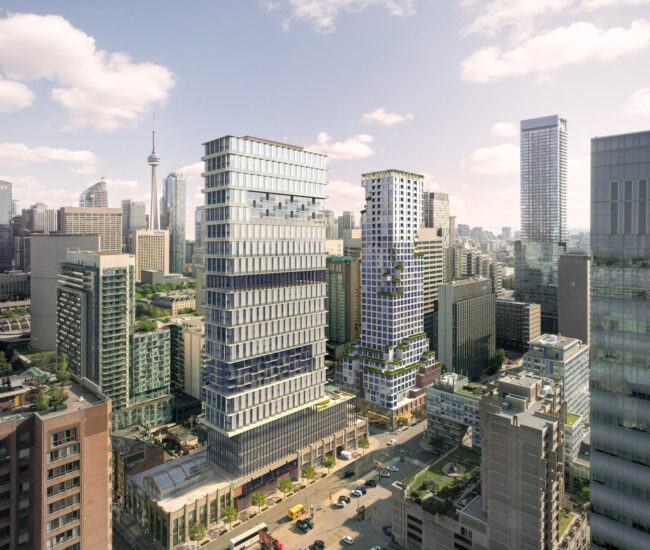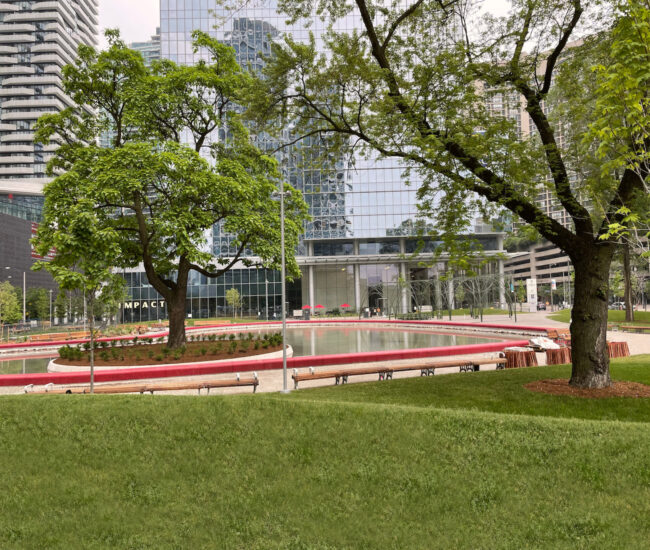Brian Jungen Designs AGO’s First-Ever Public Art Commission
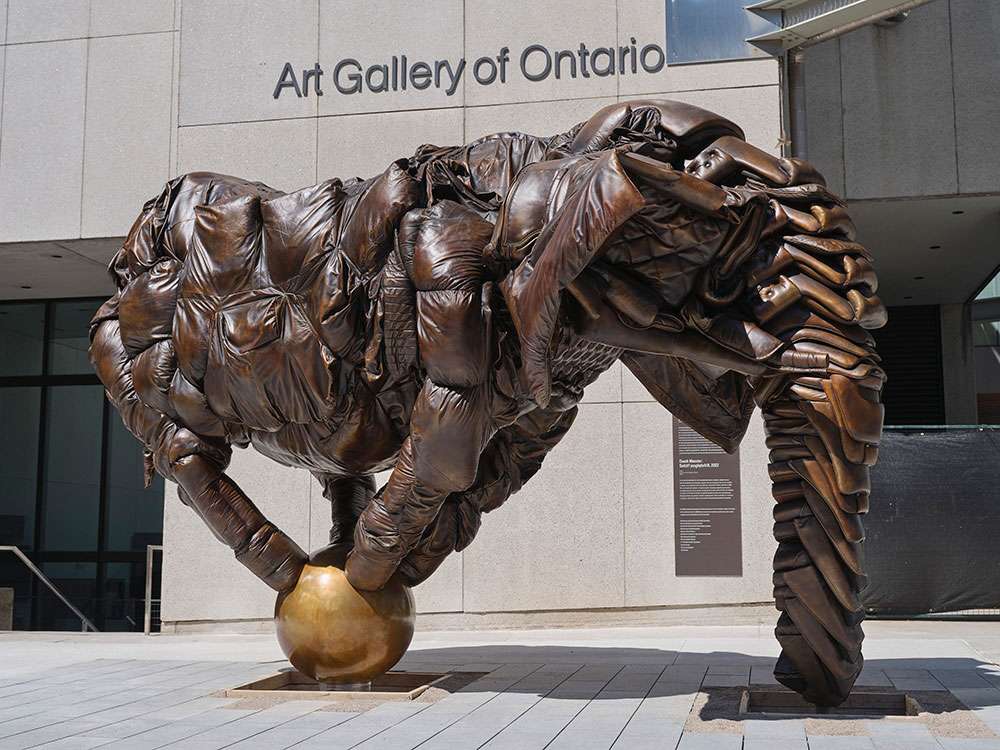
Couch Monster: Sadzěʔ yaaghęhch’ill is a soft sculpture for the ages.
Public art has a profound ability to connect residents of a community — and in Toronto, we are lucky to have many such works. In recent years, representation has been front and centre — making space for voices that have been left unheard. On June 20th, 2022, the Art Gallery of Ontario (AGO) unveiled its first commissioned public art piece by Canadian artist Brian Jungen, one that speaks to the community’s evolving identity.

Celebrated for his ability to turn everyday objects into intricate masterpieces, Jungen has notably been featured in Toronto: prominently in 2019 with the Brian Jungen Friendship Centre, and more recently at the 2022 Toronto Biennial of Art. While these exhibitions demonstrate his ability to expertly mold new forms out of discarded materials, this new contribution is also a remarkable feat of creative engineering. Entitled Couch Monster: Sadzěʔ yaaghęhch’ill, the piece is both “a poetic tribute to animals in captivity” and an opportunity for viewers to reflect on how society sees our material possessions as endlessly disposable.
Inspired by the infamous story of Jumbo, a captive circus elephant who died accidentally in St. Thomas, Ontario back in 1885, Jungen was deeply troubled by the dire price living beings pay when they are abused for human entertainment. The title, Couch Monster, speaks to this concern, emphasizing that capturing and training an animal for entertainment breaks the animal’s spirit and will. The Dane-zaa subtitle, Sadzěʔ yaaghęhch’ill, translates to “my heart is ripping,” once again speaking to the cruelty of captivity.

Jungen’s first large-scale work in bronze, the elephant-shaped statue measures five and a half meters long and four meters tall. While the size is impressive, it’s the material components of the piece that strike curiosity. Scouring Craigslist and Kijiji for discarded furniture, Jungen constructed the entire piece out of second-hand leather sofas. “The use of discarded couches came from experiences of walking the streets of Toronto and seeing them abandoned on the sidewalks,” said the artist. “This was foreign and surprising to me, but to the residents of this city, they are invisible. I look forward to making them visible again.”
The textured complexity of the bronze casting in Brian Jungen’s public art is both an homage to artist Henry Moore — whose piece Large Two Forms previously inhabited the space — and a thoughtful material touch, as bronze develops to resemble leather over time. However, the elephant’s intricate details do not take away from its accessibility — the rippled folds of the furniture were actually designed to make it irresistible to touch. “The more people engage with the work, the more the bronze patina will change over time. I want people to lounge on, explore and really embrace this Couch Monster.”

The piece is officially on display at the corner of Dundas and McCaul Street and will be accompanied by a descriptive panel in both English and Anishinaabemowin. While Henry Moore’s piece originally made this plaza an iconic Canadian landmark for public art, Jungen’s engagement with his Dane-zaa heritage will re-contextualize the AGO as a place for exceptional indigenous art to thrive.


